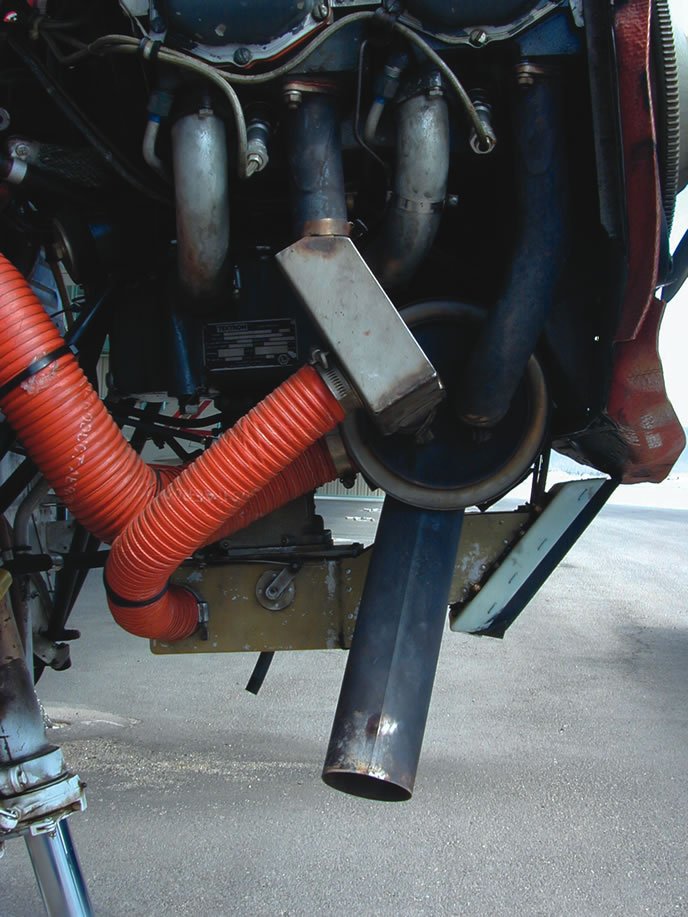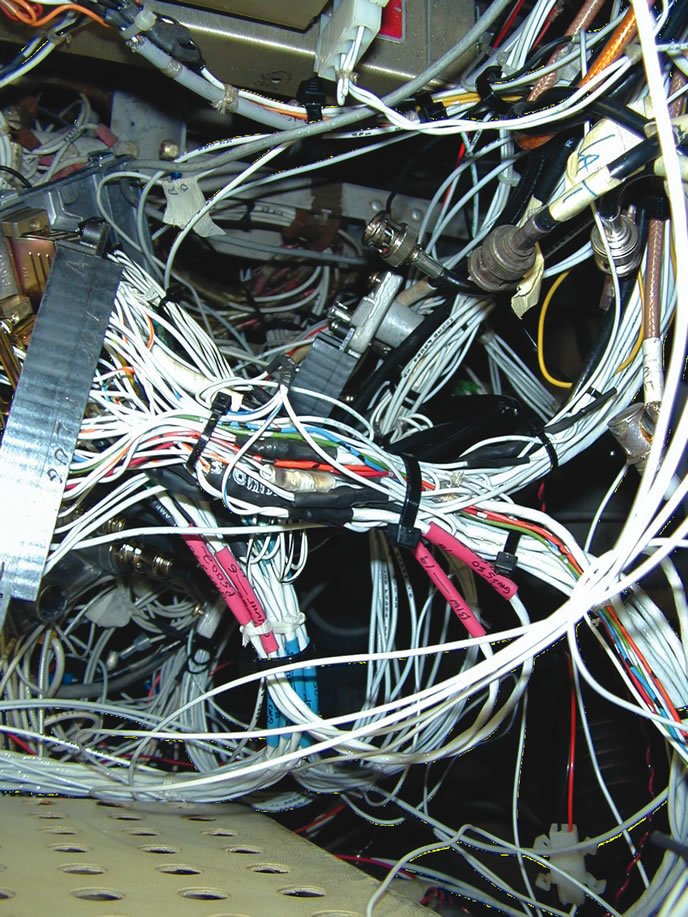To help prevent in-flight fires, always insist on having all maintenance done by certified professionals. During the preflight inspection, ensure that fuel and oil filler caps are secure. Additionally, look for leaks and small puddles of fuel or oil on the ground beneath the engine cowling(s) and fuel tanks/sumps. Checking for fuel and oil leaks on and inside the engine cowling also is strongly recommended.

If the cowling can be opened easily, check the security of fuel lines. Sniffing for fuel vapors can detect a slow leak. Any exposed wiring should be examined for signs of arcing or damaged insulation. Also, a check of the engine exhaust manifolds can be done by gently pulling on the ends of the exhaust pipes/stacks. Exhaust leaking from a cracked stack near the engine block is a potential ignition source.

The proliferation of portable devices in the cockpit also can be a fire hazard. Ensure their power needs are met by using only charging equipment designed for the purpose and incorporating overload protection—a fuse or circuit breaker. Remember that 50-year-old cigarette lighter wiring and/or its circuit breaker may not be up to the task of powering a couple of portable devices for hours at a time.




